Basic & Applied Research
Thinking Through
Making
Interdisciplinary research is the foundation for all our work, and we ensure it extends through our programs and pathways into user ready forms to be applied in repository development.
Research is at the core of our identity and is being actively combined with the centers mission of technology development and innovation. In 2015 a new program was initiated called the Aquatic Germplasm and Genetic Resources Center (AGGRC). The AGGRC was initiated to provide global leadership in repository development and commercialization of genetic resources of aquatic species. The facility has 23,000 ft2 of space dedicated to research, teaching, outreach, administrative, and commercial-scale service activities for aquatic species. The AGGRC is being developed as a multidisciplinary innovation and technology development center in which ideas can be rapidly moved from prototypes through alpha and beta testing to sample products ready for commercialization. The AGGRC has currently established a strong Core Innovation Team (CIT) with faculty from 8 LSU departments. The CIT faculty have more than 20 projects among them, involving 25 undergraduate, MS, and PhD students.
Research Capabilities
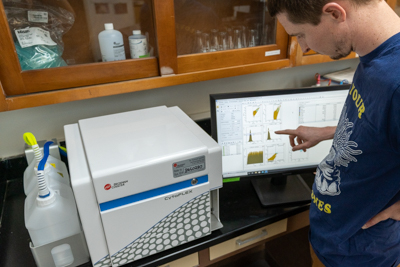
Flow Cytometry
Much of the work done at the AGGRC is focused on the cellular level. Flow cytometry is a laser-optic based tool used to count and analyze thousands of cells per minute based on size, shape, and fluorescence. A common use is to evaluate plasma membrane integrity as a tool for characterizing cell viability, for example after thawing. The AGGRC has more than 30 years of experience using flow cytometry and currently has two instruments: a new Beckman Coulter Cytoflex, and an Accuri C6.
Computer-Assisted Sperm Analysis
Computer-Assisted Sperm Analysis or CASA is another cell-level analysis tool that tracks sperm movement and provides information about motility and concentration. These instruments can make detailed assessments of multiple sperm movements including speed and direction, and can enable statistical analysis of motility parameters. The AGGRC has two Hamilton-Thorne CEROS model CASA systems: an older analog model and a new digital system.
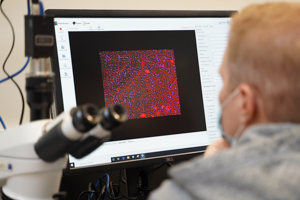
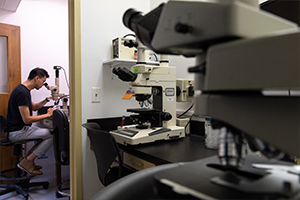
Compound and Dissecting Microscopy & Imaging
The work at the AGGRC extends from cells to tissue structures to organisms. The AGGRC relies heavily on microscopic analysis to examine sperm, eggs, gonads, embryos, and larvae. Therefore, the AGGRC microscopes must accommodate a wide range of sample sizes and magnification levels. The AGGRC has multiple imaging capabilities, including a two-room microscopy suite with compound, fluorescent, inverted, and dissecting scopes equipped with digital cameras and wall-mounted monitors for group viewing and teaching.
Fluorescent Microscopy & Imaging
Much of the work at the AGGRC depends on analysis of microscopic features that can emit light under specific conditions (i.e., fluorescence). Observation and imaging of cells or tissues that have autofluorescence or have been incubated in fluorescent dyes is critical for work at the AGGRC. Dyes can provide information on multiple cellular qualities and features such as membrane integrity, internal structures, and DNA content. Fluorescence microscopy also allows us to directly see the cells that are analyzed automatically by flow cytometry.
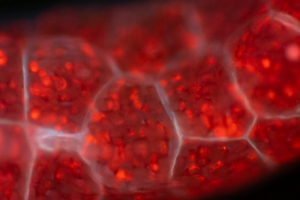
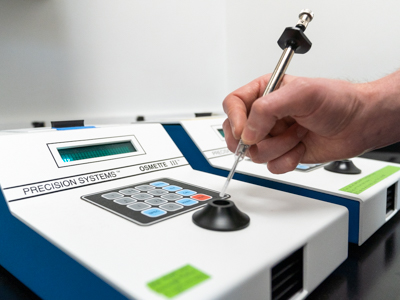
Osmotic Pressure Measurement
The extracellular environment is one of the most important cryopreservation factors to consider because it can affect sample preparation, freezing, thawing, and fertilization. The osmolality of the medium surrounding a cell affects critical processes like sperm motility, refrigerated storage, and shipping of samples. Osmometers are indispensable for quality control when preparing buffer solutions and increase accuracy for osmotic pressure experiments. The AGGRC has instruments that can measure osmotic pressure of a liquid by two different techniques: freezing point depression and vapor pressure.
Featured Projects
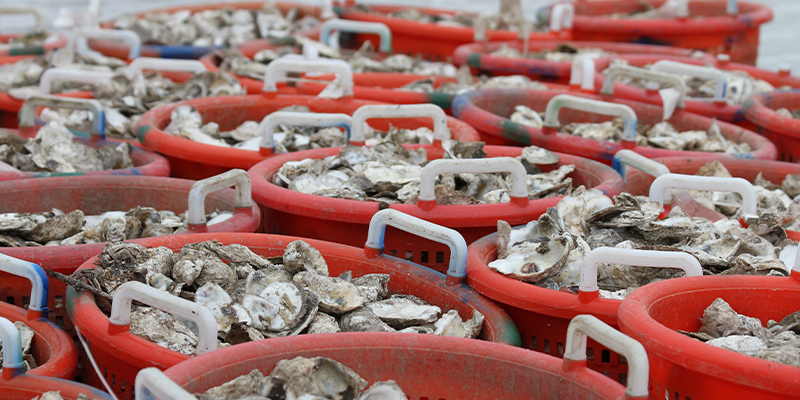
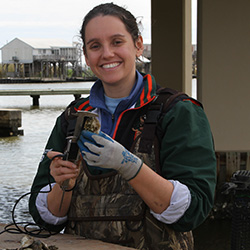
Integrating germplasm repository development into Louisiana oyster aquaculture systems at the protocol, center, and network levels
SARAH BODENSTEIN -
SCHOOL OF RENEWABLE
NATURAL RESOURCES
NOAA Sea Grant
Development of a sperm cryopreservation pathway for xenopus
LUCIA ARREGUI -
SCHOOL OF RENEWABLE
NATURAL RESOURCES
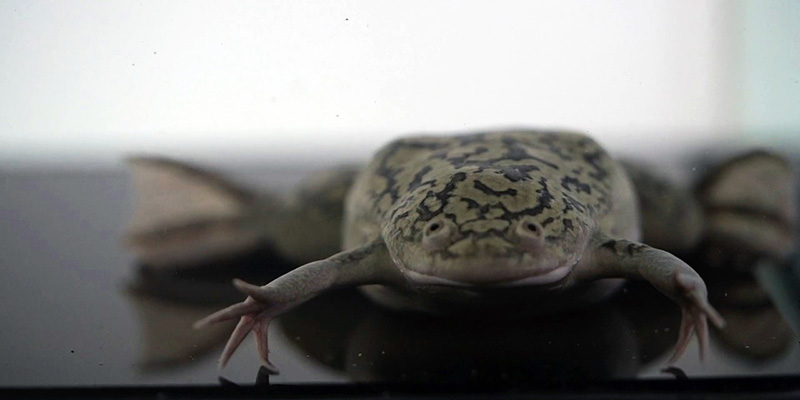
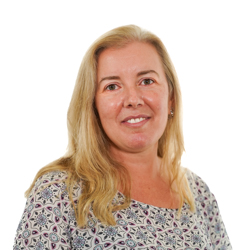
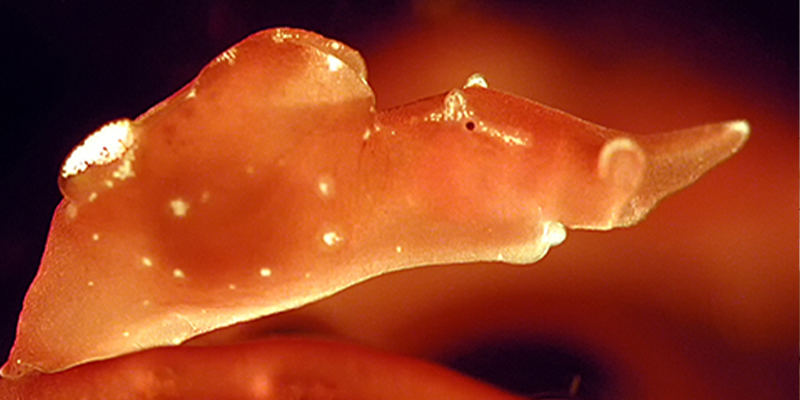

Early Life Stages of Aplysia
JACK KOCH -
SCHOOL OF RENEWABLE
NATURAL RESOURCES
Establishment of Germplasm Repositories for Ambystoma
YUE LIU -
SCHOOL OF RENEWABLE
NATURAL RESOURCES
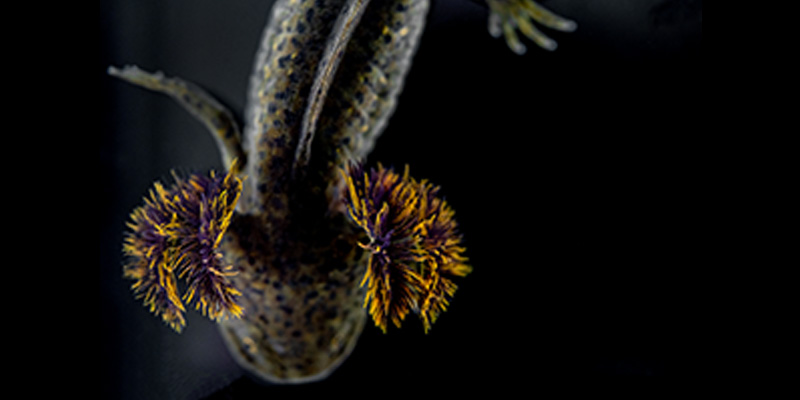

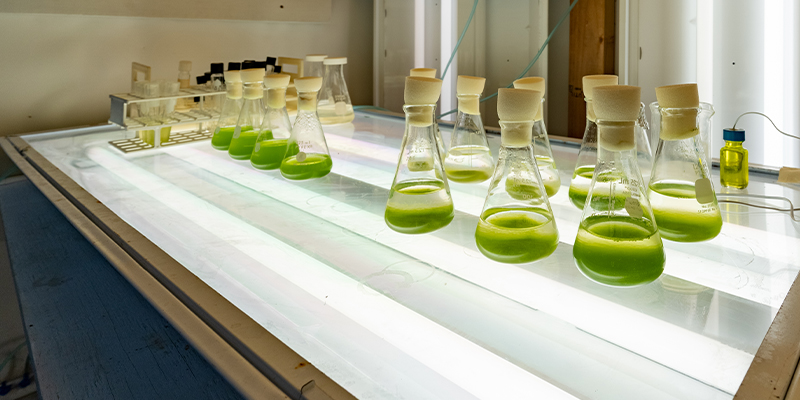

OPTIMIZING cryopreservation in microalgae
ALLYSSA OUNE -
AGGRC
SCHOOL OF RENEWABLE
NATURAL RESOURCES